Low oxygen 'delayed animal life on Earth'
- Published
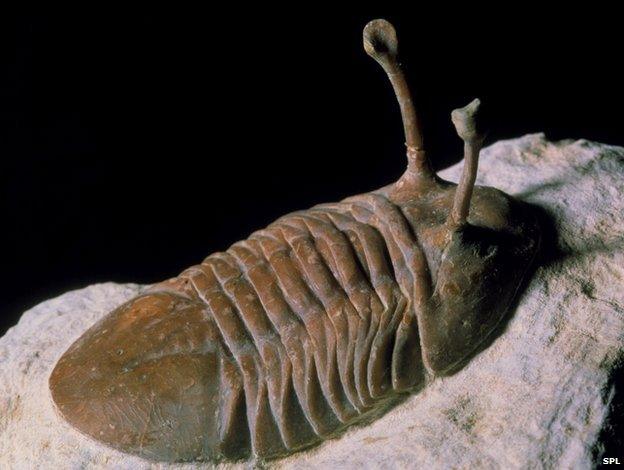
There's been much debate about why animals took so long to evolve and thrive on Earth.
Now scientists say it was due to incredibly low levels of oxygen on Earth more than a billion years ago.
A team determined the chemical composition of ancient rocks to find there was about 0.1% of the oxygen levels present compared with today.
The researchers present their work in Science journal, external.
Why complex life took so long to appear on the scene has puzzled scientists for many years. It was only over 500 million years ago that life on Earth began to flourish in a period known as the Cambrian explosion.
For the one billion years before that, in an era called the mid-Proterozoic, though life was present it consisted of very simple organisms.
These creatures were able to survive on very low levels of oxygen, but more complex life could not.
Inhibiting evolution
The idea that oxygen was far too low for animals to evolve before this period had been around for a long time, explained one of the lead authors of the study, Noah Planavsky of Yale University's Department of Geology and Geophysics.
"Our research now shows empirical evidence for a surface oxygen level that would have inhibited animal evolution.
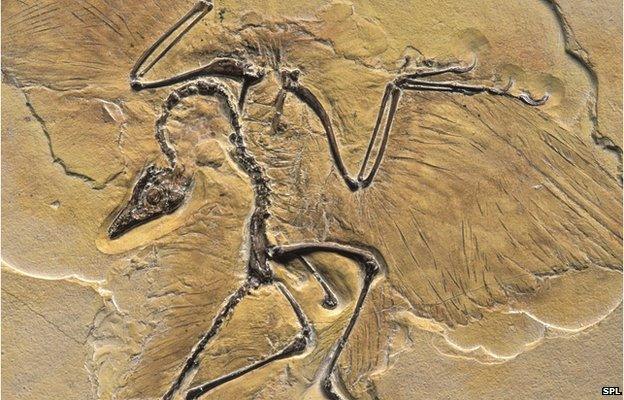
Conditions for life to evolve had to be perfect - like for this earliest known flying bird Archaeopteryx
"I had a hunch, which is why I went looking for this and I was surprised that my hunch was actually right, it doesn't usually pan out that well," he told BBC News.
Scientists know that genetic innovations combined with the right environmental conditions were key to the evolution of all animals, from early marine arthropods to dinosaurs and eventually humans.
But the role that oxygenation played in controlling the timing of the evolutionary biological events is heavily debated.
"The question is not which one of those happened, they both had to have happened. What we showed is that soon after environments in which oxygen levels were high enough for animals to thrive, the genetic innovation that allowed them to emerge happened," Dr Planavsky said.
The team analysed the chromium levels - a geochemical signature - of rock sediments from Australia, Canada, China, and the United States. This allowed them to understand how much oxygen would have been present.
'Major step forward'
They found a change in the chemical components of the rocks occurred about 800 million years ago, a period when oxygen levels began to rise rapidly, already documented by previous research.
Simon Poulton, a geochemist at the University of Leeds, commented that the authors of the research had used a powerful approach that built upon previous ideas about how atmospheric oxygenation could be tracked.
"Rather than taking a sledgehammer approach, the authors have been very careful about which samples they have chosen to analyse - focusing on the same type of samples from similar settings across Earth history.
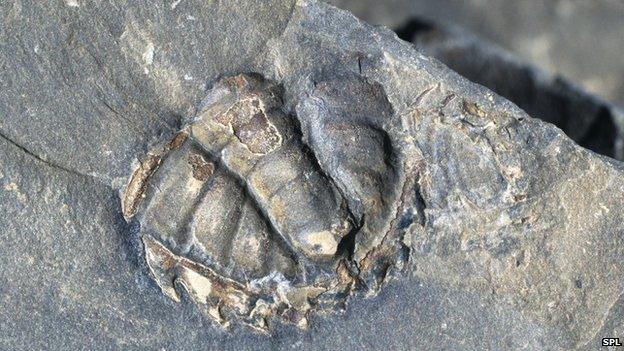
Scientists can analyse the chemical make up of rocks for evidence of oxygen levels
"If correct, the very low levels of oxygen found in this study would have provided a major restriction on early animal evolution, thus suggesting that it was indeed a rise in oxygen that ultimately stimulated the evolution of our earliest animal ancestors," he added.
But he cautioned that it was difficult to put a precise value on oxygen levels from rocks deposited more than a billion years ago.
"So the problem is far from solved, but this is a major step forward and I am sure that this will spark many further studies as the record is still far from complete - this study incorporates just a few analyses across a huge period of Earth history," Prof Poulton told the BBC.
Another researcher was more critical of the study and said the role of oxygen was overstated. Nicholas Butterfield of Cambridge University's department of Earth Sciences said: "All geochemistry is drawn from marine rocks, it's not directly measuring the atmosphere.
"The reason it took so long for animals to appear on the scene is it took an extraordinary long time to assemble the extraordinarily complex developmental machinery that builds even a simple animal.
"It's the most complex recipe that evolution has ever derived."
- Published16 October 2013
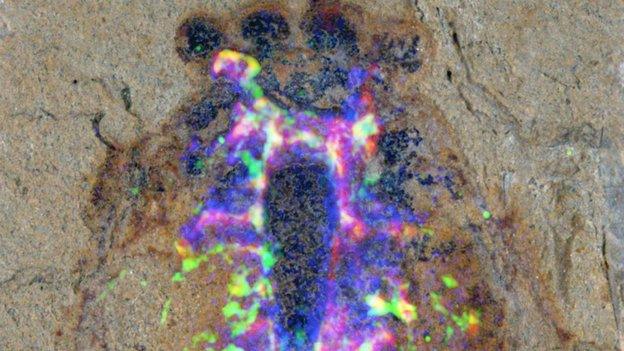
- Published25 September 2013
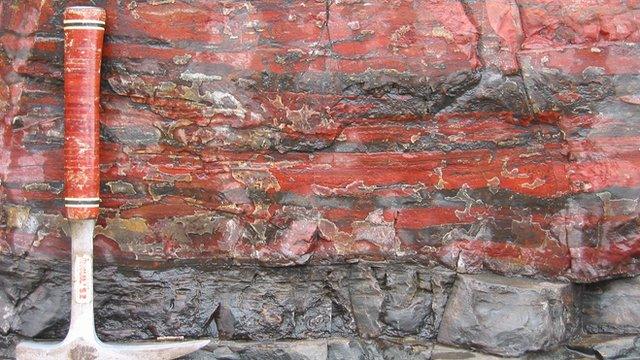
- Published29 August 2013
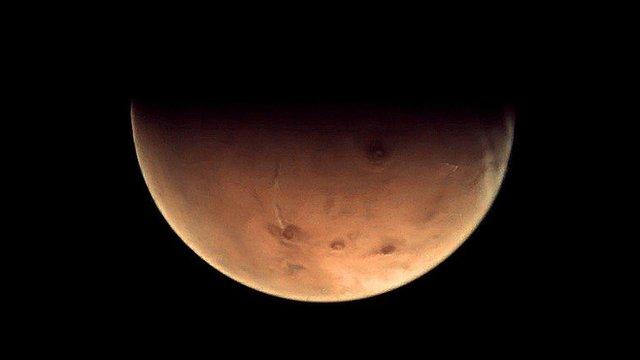
- Published22 March 2011
- Published10 November 2010